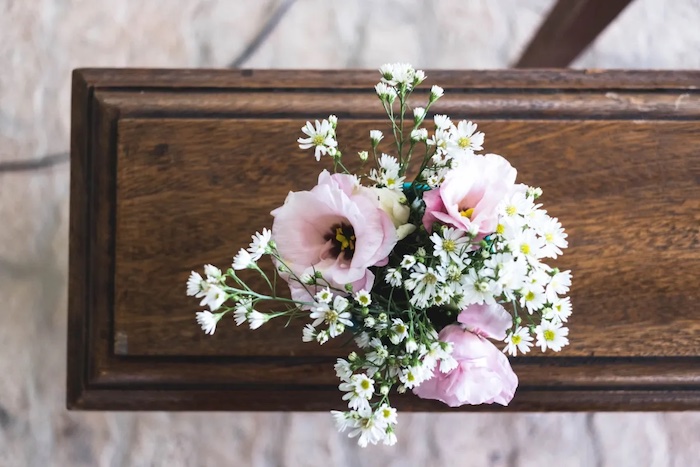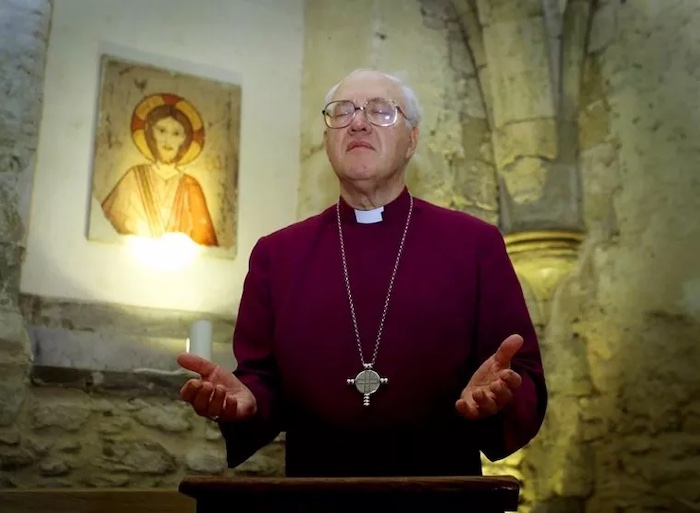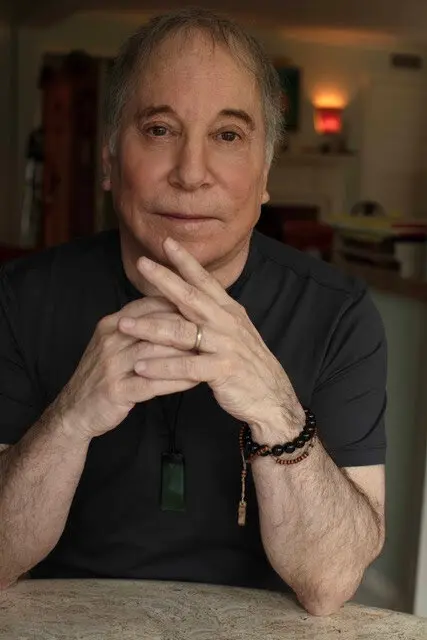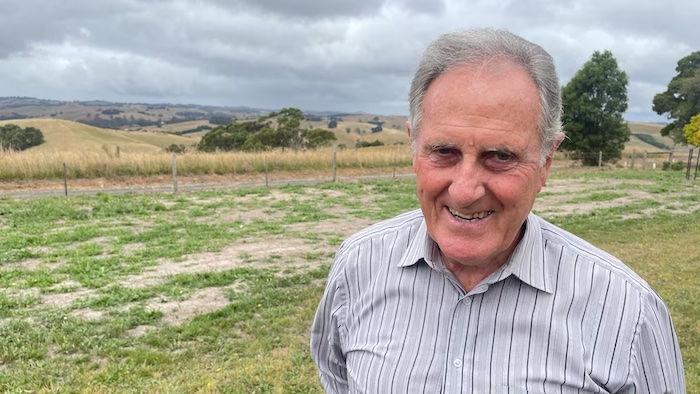— A Comprehensive Guide to Religious Funerals

By EMMANUAL
Funerals hold significant cultural and religious importance worldwide. These rituals mark the end of a person’s life and provide an opportunity for communities to mourn, remember, and celebrate the departed soul. Regardless of different religious beliefs, funerals share a common thread of honoring the deceased and offering solace to the grieving. Let’s explore the diverse types of funeral practices observed in different religions around the globe, each reflecting the unique perspectives on life, death, and the afterlife.
1. Funeral Practices in Christianity:
Christianity, one of the world’s largest religions, views death as a transition to an eternal life with God. Christian funerals typically involve a somber yet hopeful tone, focusing on the belief in resurrection and salvation. Funeral services often include prayers, hymns, scripture readings, eulogies, and the sharing of memories. Burial is a common practice, with cemeteries serving as sacred grounds for the departed.
2. Funeral Customs in Islam:
In Islam, death is considered a natural part of life, and the afterlife is a fundamental belief. The Janazah (funeral) rituals are guided by Islamic principles and usually take place soon after death. The body is washed, shrouded in a simple cloth, and a specific prayer, Salat al-Janazah, is performed in congregation. Muslims bury their deceased facing Mecca, emphasizing humility and equality in death.
3. Jewish Funeral Traditions:
Judaism, with its rich traditions and customs, approaches death as a continuation of the soul’s journey. Jewish funerals prioritize the prompt burial of the deceased, often within 24 hours of death. The deceased is ritually washed (Tahara) and dressed in a plain white shroud (Tachrichim). Eulogies are avoided, and the focus is on prayers, Psalms, and the sharing of memories during the funeral service.
4. Hindu Funeral Ceremonies:
Hinduism, a complex and diverse religion, regards death as part of the soul’s cycle of rebirth (Samsara). Antyesti, or the Last Rites, is a crucial funeral ceremony in Hindu traditions. The body is cremated, and the ashes are often scattered in a sacred river. Hindu funerals may also include other rituals such as Pinda Daan, offering rice balls to the deceased for spiritual liberation.
5. Buddhist Funeral Observances:
Buddhism, known for its teachings on impermanence, interprets death as a transition to another life or state. Buddhist funerals vary among different cultures but commonly include chanting, reciting sutras, and performing rituals to guide the soul towards a positive rebirth. Cremation is a widespread practice, and some Buddhist communities also practice sky burials or water burials.
6. Sikh Funeral Rites:
Sikhism emphasizes the unity of the soul with the eternal creator, and death is seen as a merging of the soul with the divine. The Antam Sanskar, or Last Rites, involves bathing the body, followed by prayers and hymns from the Guru Granth Sahib (Sikh scriptures). Sikhs opt for cremation, considering it a way to liberate the soul from the cycle of birth and death.
7. Traditional Chinese Funeral Customs:
Chinese funeral traditions are deeply rooted in ancestral worship and veneration. Chinese families pay great respect to their ancestors and believe in maintaining strong familial connections even after death. Funeral rites include elaborate ceremonies, offerings, and prayers. Burial, cremation, and entombment in family graves are practiced based on regional and cultural differences.
8. Native American Funeral Traditions:
Native American communities have diverse spiritual beliefs, each with its unique funeral customs. The concept of death often involves a cyclical view of life and rebirth. Funeral practices include rituals, dances, and ceremonies that honor the deceased and guide their spirits to the afterlife. Burial methods vary, such as ground burials, tree burials, or sky burials.
9. African Traditional Funeral Ceremonies:
African traditional funeral customs are deeply connected to ancestor veneration and the spiritual world. These rituals differ widely across the continent’s diverse cultures. Funerals are elaborate events, often lasting several days, and include dancing, singing, and feasting. Burials may take place in family graveyards or sacred sites.
10. Ancient Egyptian Funeral Rituals:
The ancient Egyptians believed in an afterlife and devoted considerable effort to ensure a smooth transition for the deceased. Mummification was a significant part of the funeral process, preserving the body for the journey to the afterlife. Elaborate ceremonies and rituals were conducted to honor the deceased and seek protection in the afterlife.
11. Modern Secular Funeral Practices:
In modern times, secular or non-religious funerals have gained popularity. These services often focus on celebrating the life of the deceased rather than emphasizing religious beliefs. They may include personalized elements, music, and readings that reflect the individual’s interests and values.
12. Comparative Analysis of Funeral Practices:
When examining funeral practices across various religions, common themes of reverence for the deceased and comforting the bereaved emerge. Despite differences in rituals, these practices share the purpose of providing closure and honoring the departed soul.
13. Perceptions and Attitudes Towards Death:
Cultural and religious beliefs significantly influence how societies perceive and approach death. Understanding these differences fosters tolerance and compassion in times of grief. Coping with loss is a deeply human experience, transcending cultural boundaries.Funerals, regardless of religious affiliations, are a testament to humanity’s shared experience of life and death. Each type of funeral bears witness to a community’s beliefs, values, and traditions, offering solace to the bereaved and celebrating the life of the departed. Embracing the diversity of funeral practices enriches our understanding of the human journey.
Complete Article ↪HERE↩!







